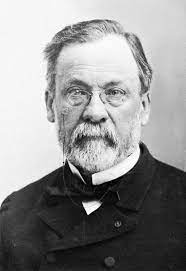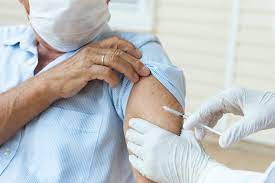Louis Pasteur - A Pioneer
- Mahi Mahitcha

- Aug 17, 2022
- 2 min read
From founding the study of molecular asymmetry to saving the French silk industry, Louis Pasteur was credited with several notable achievements throughout his lifetime. An accomplished chemist and microbiologist, he is most well known for his creation of the process of pasteurization, but Pasteur was also a pioneer in the fields of virology and immunology.
His story began in 1878, when Pasteur was studying chicken cholera, a disease which was destroying the domestic chicken population. Inspired by the physician Edward Jenner’s smallpox vaccine, Pasteur believed that vaccines could potentially be found for all diseases.
Pasteur had succeeded in culturing the bacteria and began inoculating chickens, while looking for safer methods that would decrease their mortality rate. In the next year, Pasteur observed by chance that old bacterial cultures eventually lost their virulence. An assistant was instructed by him to inject the chickens with a new culture of the bacteria before a holiday. They forgot to do so, and when he returned a month later, Pasteur performed the procedure using the old cultures.
Surprisingly, the chickens survived, having shown only mild symptoms of the illness. Shocked, Pasteur injected them with bacteria after they had recovered, but the chickens did not become sick. He reasoned that it was exposure to oxygen that had reduced the deadliness of the bacteria. The chicken immune system was taught by the weakened bacteria to fight an infection without inflicting any harm upon the chicken.

The discovery of the chicken cholera vaccine was a huge step in the world of virology - the idea of using a disease’s weakened to provide immunity had already existed, but Pasteur was the first to utilize the process in the laboratory. This was the first live attenuated vaccine.
Pasteur believed that this technique could also be used on other diseases, and continued to research them. In 1881, he helped in the development of an anthrax vaccine that was successfully used in cows and sheep. Pasteur subsequently tested his first human vaccine in 1885 while studying rabies, which presented him with a new challenge. Contrary to the chicken cholera and anthrax vaccines, Pasteur couldn’t identify the microorganism that caused rabies. This meant that he could not develop the vaccine in a laboratory.
Though this was unknown at the time, Pasteur couldn’t locate the organism because rabies is a viral disease and is not caused by bacteria. However, he used the virus’s mutations to his advantage by passing it through rabbits which weakened (attenuated) it. The virus became adapted to the rabbits, and therefore less adapted to its original human host, resulting in lowered virulence. Pasteur successfully protected dogs from rabies using the vaccine, and soon agreed to treat a 9-year-old boy, his first human patient. He injected the patient with a series of doses of vaccine that progressively became more virulent, and the boy never developed symptoms. Pasteur achieved international fame as a result.
His work advanced a field that had only begun to come into existence, and served to drive vaccine research all over the world. In the next years, attenuated vaccines were introduced against some of the world’s most deadly illnesses, including diphtheria, tuberculosis, and measles.



Comments